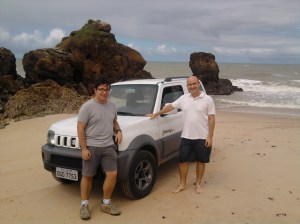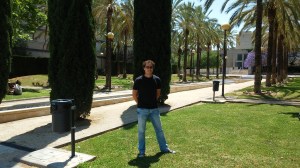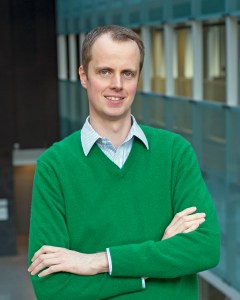
Dr Vasilis K. Oikonomou is a researcher in Tomsk State Pedagogical University and in the Laboratory for Theoretical Cosmology in Tomsk State University of Control Systems and Radioelectronics (TUSUR) in Tomsk Russia. His research interests are focused on inflationary and bouncing cosmology, modified gravity, supersymmetric quantum systems, mathematical physics and epistemic game theory.
Describing the correct Universe evolution is one of the challenges in modern theoretical cosmology. The vital features of a correct Universe evolution are the successful description of early and late-time acceleration and also the intermediate eras, the radiation and matter domination eras. With our recently published CQG paper entitled ‘’ Singular cosmology unifying early and late-time acceleration with matter and radiation domination era’’, the author and Prof. Sergei Odintsov provided an F(R) gravity description of all the evolution eras in an unified way.
The primordial curvature perturbations are so relevant today for current observations since these capture the information about the primordial Universe at the time inflation took place. During the Continue reading











You must be logged in to post a comment.